Dodos are an extinct species of bird that was native to Mauritius, and island near Madagascar. Much like the flightless cormorant, these birds could not fly. These birds do not have any living relatives or descendants, but their closest relatives are pigeons and doves. Unlike pigeons and doves, they could stand over three feet tall! Read on to learn about the dodo.
Description of the Dodo
These birds were rather large and stout. Partially fossilized remains allow us to estimate that these birds stood approximately 3 ft. tall. Based on their bone structure and depictions in artwork, scientists believe they weighed around 30 lbs. or so. They had a broad, bulbous beak, with a slightly curved tip. Despite some paintings and written accounts, we do not know exactly what these birds looked like.
Interesting Facts About the Dodo
The sad story of the dodo bird is an important reminder of human impact. While we know little about these birds, we do know that humans directly caused their demise.
- Downfall of the Dodo – Scientists first discovered these birds in 1598, and believed them to be extinct by 1662. Human decimation of the dodo took less than a century after its discovery. The swift downfall of the dodo is a perfect example of the dangers we pose to island species.
- Island Isolation – Species isolated on islands will commonly lose their fear of predators, simply because they have none. This leaves them vulnerable to humans, and invasive species that humans bring. Cats, pigs, rats, and dogs are all notorious killers of island species.
- Sailing and Sustenance – Centuries ago, traveling across oceans was immensely dangerous. Stopping at islands and finding plump, fearless, and flightless, birds was a blessing to sailors. They could easily kill dozens at a time for food, and remember to stop by on their way back. This has led to the demise of a number of island species.
- Not-so-Tasty – Even though they look somewhat like a large chicken or turkey, they apparently didn’t taste like either. According to early reports by sailors, the birds did not make particularly tasty meals. Though they would eat them fresh, sailors usually salted the birds to preserve them, like dodo jerky.
Habitat of the Dodo
There are few descriptions of the preferred habitat of this species. Reports and sketches suggest that they lived in forests on the dry portions of the island’s coast. Scientists have also found some remains in coastal caves and highlands, suggesting the birds may have lived in mountainous regions as well.
Distribution of the Dodo
Dodos lived exclusively on the island of Mauritius. Some evidence suggests they also lived on l’île aux Benitiers off the western coast of Mauritius. Their close relatives, the extinct Rodrigues solitaire, lived on the nearby island of Rodrigues. Dodos existed nowhere else on the earth.
Diet of the Dodo
A Dutch researcher penned the only account of this bird’s diet. This account only mentioned the consumption of fruit, but they likely fed on other sources as well. Scientists believe that, in addition to fruit, dodos likely fed on nuts, berries, roots, seeds, and bulbs. Other relatives feed on shellfish and aquatic invertebrates. Because of this, scientists believe the dodo may have done so as well.
Dodo and Human Interaction
Unfortunately for the dodos, human interaction was swift and merciless. The birds were unafraid of predators, including humans, which made them easy prey. They also could not fly to escape, making them even easier targets. Invasive cats, rats, dogs, and crab-eating macaques continued the decimation. These newcomers targeted the birds, their chicks, and their eggs. Extinction occurred in less than 100 years.
Domestication
Dodos were not domesticated in any way.
Does the Dodo Make a Good Pet
These birds are extinct, and thus, you could not keep one as a pet.
Dodo Care
There are a few accounts of live dodos arriving in Europe and possibly Japan. Only a few arrived alive, and it is unknown how long they survived once they arrived. There are no surviving accounts of their care while in captivity. It can be assumed that these birds would require a fruit and nut-based diet, as close to their natural diet as possible.
Behavior of the Dodo
There are no definitive accounts of dodo behavior. It is unknown whether this species was social, territorial, solitary, monogamous, or any of the like. Study of the bird’s wing bones reveal that the dodos used them to some extent. While they didn’t use them for flight, they may have used them for balance or mating displays.
Reproduction of the Dodo
Because these birds had no natural predators, and because they were flightless, scientists believe they nested on the ground. The single account of the nesting behavior reported that the birds laid just one large egg. Their large body size is consistent with this account. Analysis of bones suggests that the chicks grew very rapidly, and reached adult size within the year.
Beliefs, Superstitions, and Phobias About the Dodo
This bird is the poster-child for extinction, but also for ignorance and stupidity. The idea that dodos were “stupid” because they didn’t know to fear humans upon their arrival is simply not true. Island species that have no predators have no reason to fear any other creatures. This behavior is present in many island species, and by no means does it indicate intelligence.

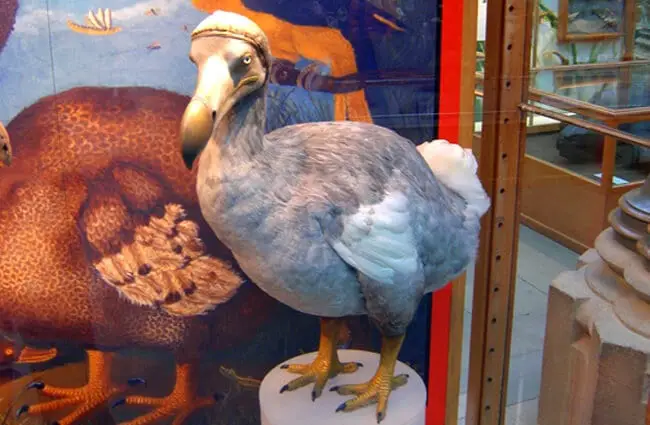
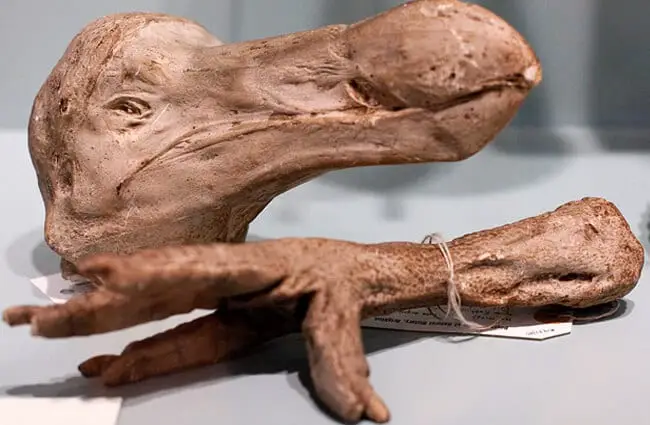

![Jan Savery's painting of a dodo (1651) Jan Savery's painting of a dodo (1651)Photo by: Jan Savery [Public domain]](https://animals.net/wp-content/uploads/2019/01/Dodo-3-650x425.jpg)
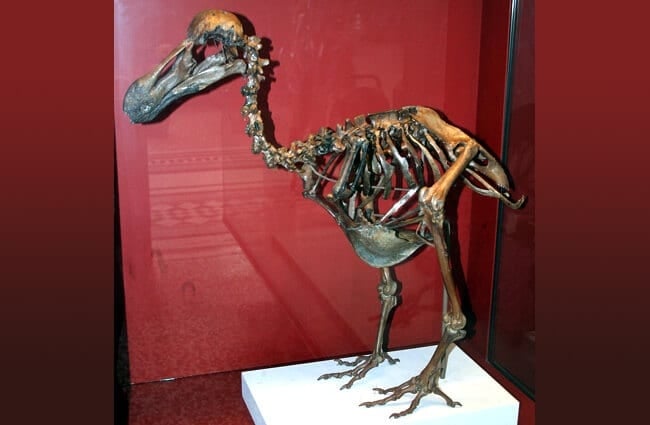


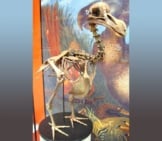
![Jan Savery's painting of a dodo (1651) Jan Savery'S Painting Of A Dodo (1651)Photo By: Jan Savery [Public Domain]](https://animals.net/wp-content/uploads/2019/01/Dodo-3-162x141.jpg)
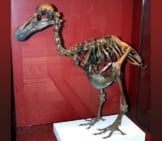
![Red Angus Closeup of a beautiful Red Angus cowPhoto by: U.S. Department of Agriculture [pubic domain]https://creativecommons.org/licenses/by/2.0/](https://animals.net/wp-content/uploads/2020/03/Red-Angus-4-238x178.jpg)












![Red Angus Closeup of a beautiful Red Angus cowPhoto by: U.S. Department of Agriculture [pubic domain]https://creativecommons.org/licenses/by/2.0/](https://animals.net/wp-content/uploads/2020/03/Red-Angus-4-100x75.jpg)

